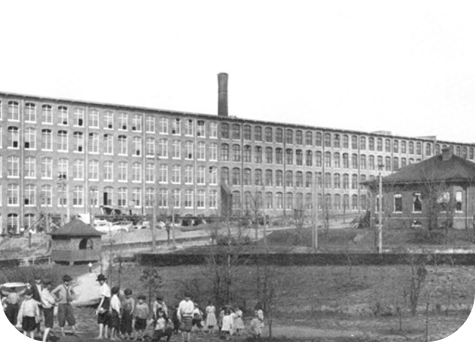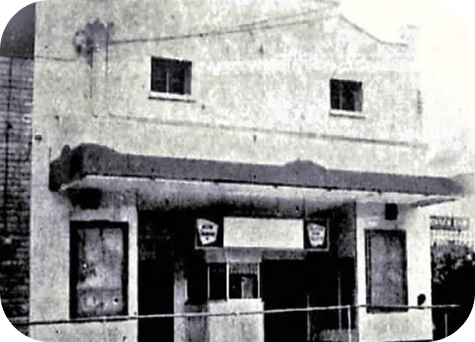In the 1900s, the West Greenville area flourished alongside the mill industry.
The area we now call The Village was a place for workers to shop, eat, and spend their free time together. It was the cornerstone of a community.
1902
Woodside Mill opens its doors and begins operation.
1920
West Greenville and its mill communities flourished alongside its booming textile industry.
1901
Brandon Mill opens its doors and begins operation.
1940s
The aftermath of WWII and the Great Depression hit the textile mill harshly. The industry was on the decline.
1960s
Economic disinvestment hit the Mill Crescent, and many mill communities saw factories shut down and homes sold.
1914
Woodside Mill adds a second addition, making it the largest cotton mill under one roof in the world. With these large mills came the Brandon, Woodside, and Judson mill villages; each with its own community with stores, sports teams, and churches.
1925
The Brandon community grew to 2,000 residents, providing food, housing, education, and healthcare for the locals. They were a tight-knit community who took care of each other and participated in daily activities together. They were a family of families.
1948
West Greenville revoked its charter and merged with the City of Greenville. The mill villages, however, still had its own special way of life.
1977
Brandon Mill closes its doors. West Greenville was impacted by jobs lost and industries evaporated.
2001
Renovations to restore the empty mills into apartments and homes for the ever-growing population of Greenville began. ArtBomb Studios opened its doors in the former Brandon Mill General Store. A wave of aspiring artists and business owners followed to West Greenville and opened their own businesses.
2021
The area of West Greenville was renamed to “The Village” to pay homage to the mill history.
2017
A $1.8 million grant was awarded to support
the redevelopment of West Greenville and to connect the mill villages to modern and future amenities.
Today, The Village is an inspiring area full of grit and determination from the small business owners and locals that create our community. Our home is an artistic and welcoming place that serves as a hub for the arts and an ode to the history that built Upstate South Carolina.













